The Port of London Authority (PLA) has ordered the UKs first hybrid pilot boat. The ORC 136.HY, which combines both diesel and electric power, will replace the current 1982-built pilot cutter, Patrol, which is powered by twin Scania diesel engines. The PLA has placed the order as it starts to deliver on commitments outlined in its recently published Air Quality Strategy for the tidal Thames. Among the 18 proposals for action is a commitment to encourage the installation of sustainable technology. For the build, Norfolk boat builder Goodchild Marine Services is partnering with EP Barrus for the vessel’s twin Yanmar 6LY400 engines, and transmission specialist Marine and Industrial Transmissions, for a Transfluid-supplied hybrid drive system. The hull will be based on the established ORC design, developed by naval architects Pantocarene and adapted by Goodchild Marine for the UK market. London is the UKs second biggest port, handling around 50 million tonnes of cargo annually, while PLA pilots undertake more than 10,000 pilotage acts a year. PLA chief executive, Robin Mortimer, said: Introducing the hybrid boat is going to result in a major improvement in the environmental performance of our operations. We expect that through the powertrain, hull design and lower weight, the hybrid cutter will use less than 10% of the fuel used by our current pilot vessel, with carbon dioxide emissions similarly reduced. That should see us going from using 86,000 litres of fuel for our pilot cutter operations a year to around 7,000 litres.” The new hybrid vessel, which is due for delivery spring 2019, will be used by the PLA for the transfer of pilots to and from vessels in Gravesend Reach. The boat will run on batteries for approximately 40 nautical miles on one charge at speeds up to 15kts. The batteries will be charged from existing shore power facilities at the PLAs Royal Terrace Pier in Gravesend. The diesel engines will boost top speed up to 19kts and provide a backup to the electric propulsion for longer duty cycles. The diesel engines will also charge the batteries while providing propulsion.
Port of London Authority orders UK’s first hybrid pilot boat
Previous ArticleVolvo Penta unveils hybrid marine propulsion concept
Next Article Correct Craft acquires electric boat drive system


